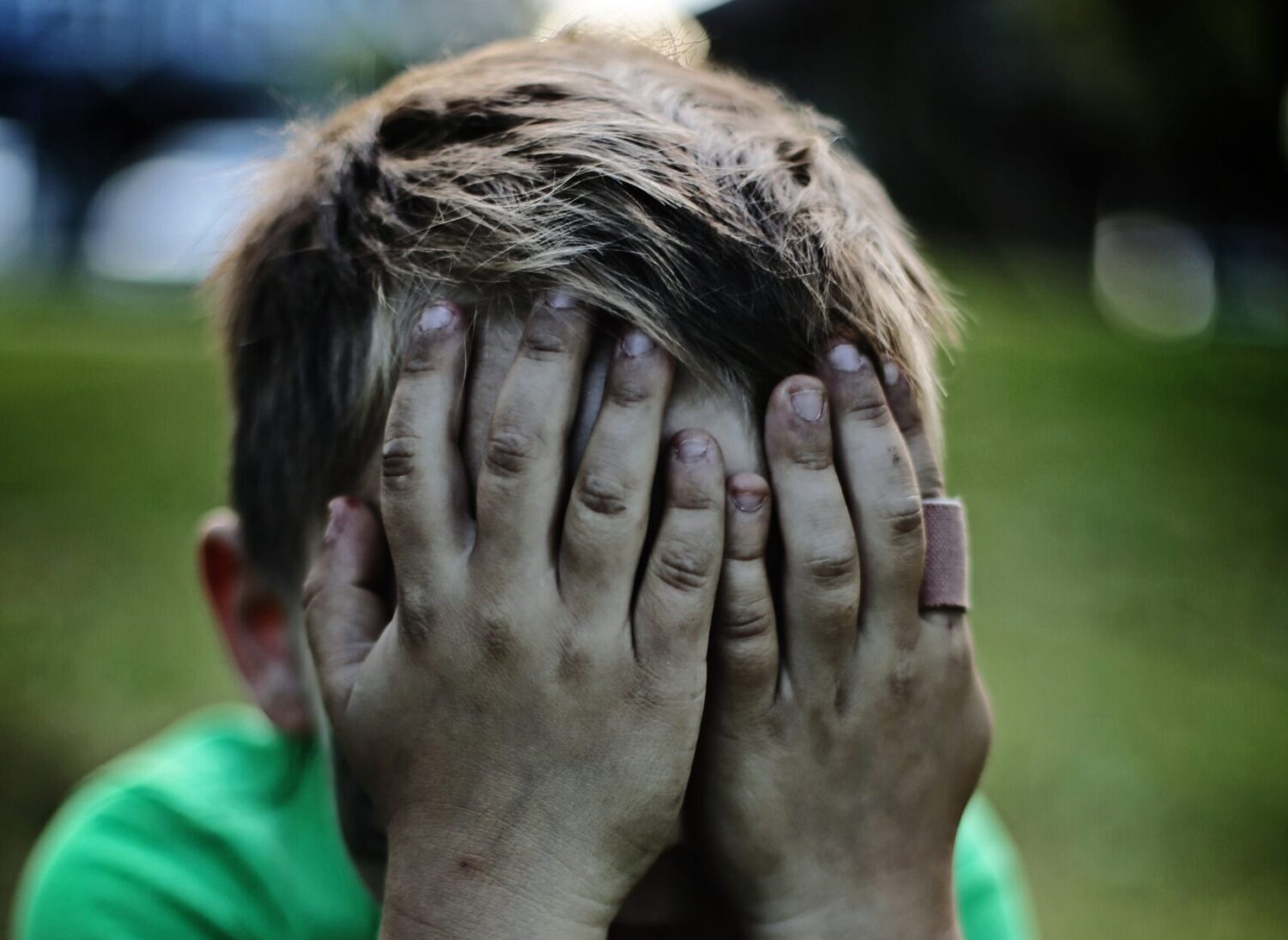Stroke Paralysis: How to Treat and Prevent?
Stroke paralysis is a condition that affects individuals who have a stroke. It can affect the arm, leg, face, or a blend of these. Sometimes, stroke paralysis also affects the potential of a person to swallow, breathe, or speak. It occurs when a brain portion that controls movement gets damaged by stroke.
Treatment for Stroke Paralysis
The best treatment for stroke paralysis relies on the severity and kind of stroke. It also depends on the extent of damage that occurs to the nervous system and brain.
Below are the most common stroke paralysis treatments:
Mobility Devices
Mobility devices are a great way to enhance the freedom and movement of an individual. Examples include scooters, wheelchairs, braces, etc.
Physical Therapy
Physical therapy enhances coordination, balance, and strength of muscles using various activities and exercises.
Electrical Stimulation
Sometimes, the doctor also advises electrical stimulation to treat stroke paralysis. It helps activate paralyzed muscles by tiny electrical currents via electrodes linked to the skin or implanted in muscles. Electrical stimulation is an effective way to boost muscle work and strength.
Passive Exercises
Passive exercises involve moving the paralyzed limb using a device or the assistance of a skilled therapist. They help patients regain mobility after getting stroke paralysis.
Surgery
Surgery gets rid of skull pressure, eliminates blood clots and repairs damaged blood vessels.
Medicines
Few medicines help manage the symptoms of stroke paralysis and boost recovery.
Occupational Therapy
Occupational therapy is a great way to improve self-care skills and everyday activities.
Mental Practice
Mental Practice is a unique way to visualize yourself doing a movement you desire to improve.
How Long Does It Take to Recover from Stroke Paralysis?
The recovery time from stroke paralysis usually differs from one individual to another. It also relies on the following factors:
Individual Recovery
Every kind of stroke is different. Thus, recovery for every patient will be different. For example, few survivors recover from stroke within six months (after heavy exercise).
Speedy Recovery
The fastest recovery is during the initial 3 to 6 months after having a stroke. It is when the brain functions to heal, regains neural connections and neuroplasticity is at its peak.

Intensity and Type of Rehabilitation
Another factor is the type and intensity of rehabilitation. For example, few survivors continue to make progress for several months or years.
Spontaneous Recovery
Spontaneous recovery is recovery during the first 6 months. It is when neuroplasticity is the most active.
Right Side Paralysis After Stroke
Right-side paralysis after a stroke happens when the brain’s left side is damaged by a stroke. It makes it tough to move the right leg, arm, or face. The patient also faces issues when it comes to coordination speech and balance.
The common symptoms of right-sided stroke paralysis include:
- Confusion.
- Difficulty in walking or balance issues.
- Severe dizziness.
- Weakness of arm, face, or leg suddenly.
- Headache mainly from hemorrhagic stroke.
Stroke Left Side Paralysis
A stroke is a serious condition that happens when the blood supply to the brain parts is blocked. One of the major complications of stroke is left-side paralysis. It usually affects the arm, leg, face, or a blend of these.
Left-side paralysis usually makes the right side of the body paralyzed. This condition is called hemiplegia.
Symptoms of left-sided stroke paralysis are:
- Confusion.
- Severe dizziness.
- Walking or balance issues.
- Headache due to hemorrhagic stroke.
- Sudden weakness of arm, face, or leg.
Stroke left side paralysis also hinders the ability of a patient to control bowel and bladder, swallow, and speak.
What to Do in Stroke Paralysis?
Do the following things when you experience stroke paralysis. Remember, few treatments are most effective when performed immediately after a stroke strikes.
Arms
Try to raise both arms of the patient and find If he/she is unable to raise one arm or move it downwards.
Speech
Ask the patient to repeat an easy phrase. Now, note whether his/her speech is uncommon or slurry.
Face
Ask the patient to smile. Then, note if one side of the face droops.
Note: Get emergency help immediately or call 911 if you notice the above-mentioned signs.




